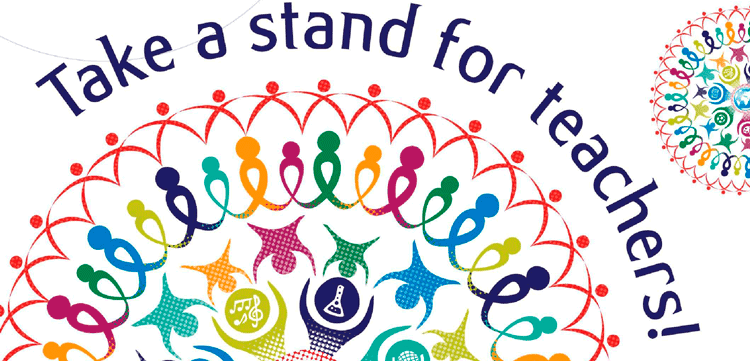
In all languages there are 4 main types of sentence: statements, questions, exclamations and commands. Irrespective of the type of sentence, every sentence begins with a capital letter and ends with punctuation.
A statement is a telling sentence and ends with a period (.). Example: I am responsible for the choices I make.
A question is an asking sentence that ends with a question mark (?). Questions often begin with who, what, when, where, how, or why. Example: What time is it?
A command is a sentence that gives an order and ends with a period (.). Commands can begin with “please” or an introduction word. Example: Please get out your pen.
An exclamation is an excited sentence that ends with an exclamation mark (!). Exclamations can begin with question words, but they don’t ask a question. Example: What a huge dog that is!
Sentences express a complete thought and without them we would all be walking around spouting a load of words that won't make much sense.
Sentence Connectors are a great way of improving English. Why? Because we use them to express relationships between ideas and to combine sentences.
When we begin learning a language, we speak in very basic sentences. Example: “I like Barcelona. Barcelona is a nice city. Barcelona is very expensive.” However, as we learn more words and more complex sentence structures, we are able to start using sentence connectors to make more sophisticated sentences. Example: “I like Barcelona, it is a very vibrant city but it is also very expensive” or “Despite the fact that Barcelona is very expensive, it is also very vibrant”
There are two types of connectors, 'conjunctions' (for, but, so, unless, although etc) and 'transition words' (likewise, nevertheless, however, furthermore, etc).
Because a child doesn't start out using sentence connectors, it makes sense for lower level learners to be taught English in the very same way a child is taught how to speak. This means that the more complicated parts of grammar will be taught at a later stage, once the student has grasped simple sentences. Defining the parts of speech is a good place to start for lower levels. Students recognize the basic parts of speech more reliably and quickly by looking at the form of a word; if a word can be made plural or possessive, or if it fits into the sentence "The _______ went there," it is a noun. If a word can be made past, or can take an '-ing' ending, it is a verb. Of course the same word form can often serve as more than one part of speech, but you can help students learn to recognize how a particular form is being used in a particular sentence by giving them a variety of relevant exercises to do such as these:
Is a group of words a whole sentence or a fragment? If it doesn't make sense after an opening such as "I am sure that..." it is a fragment.
I am sure that whatever you could do to help my mother = Whatever you could do to help my mother. (wrong)
I am sure that this is what you could do to help my mother = This is what you could do to help my mother. (right)
To help students find the verb phrase in a sentence get them make the sentence negative by inserting 'did not' or 'don't'. The verb phrase is usually next to the word not.
Mary tried to park the car in the garage.
Mary did not try to park the car in the garage.
To help students find the subject of a sentence get them to add a tag question such as 'isn't it?' or 'aren't they?' The pronoun that ends the appropriate tag question will usually refer to the sentence subject.
Listening to loud music will damage your ears.
Listening to loud music will damage your ears, won't it?
Substitute a pronoun for the complete subject. This change shows students where the division between subject and predicate lies and is also a simple way to check on subject-verb agreement.
The girl with the bike is walking home.
She/is walking home.






